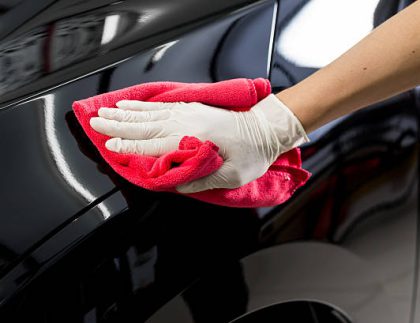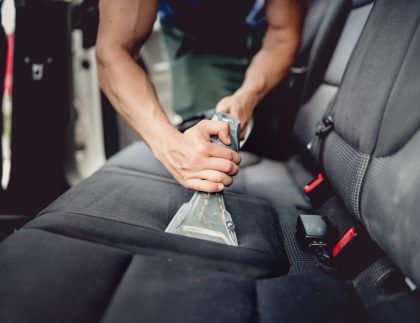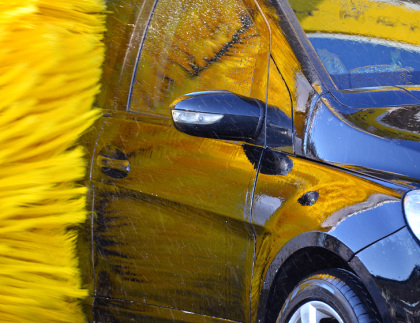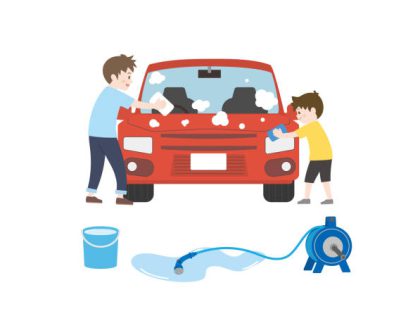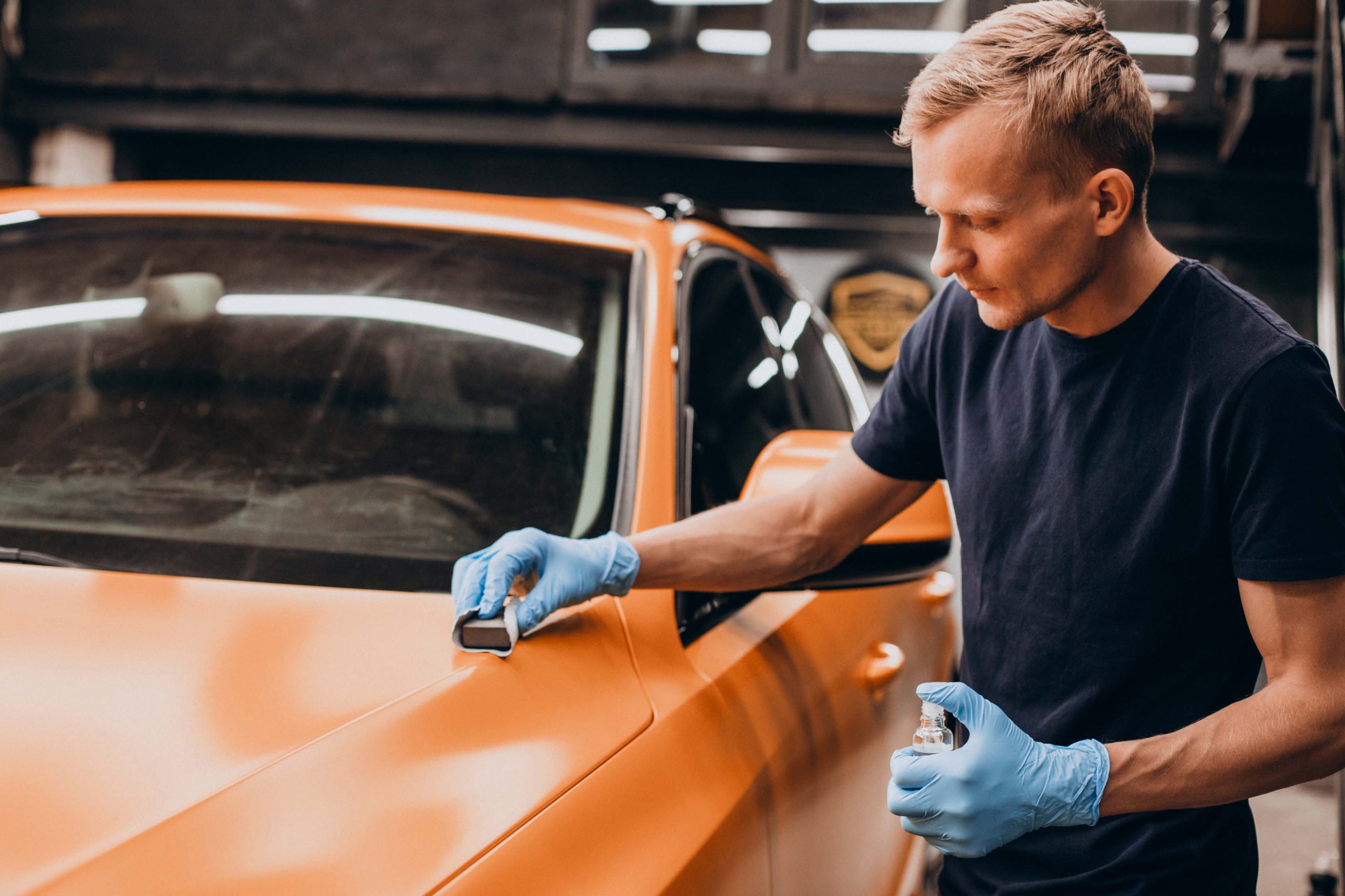
Introduction
Maintaining a clean and tidy car not only enhances its aesthetics but also contributes to its longevity and overall performance. Regular cleaning and sanitizing not only keeps your car looking good, but it also protects its surfaces from wear, rust, and other damage. In this comprehensive guide, we’ll explore expert tips and techniques to ensure your car is spotless, inside and out.
Exterior cleaning tips
Choose the right cleaning product
Choose a high-quality car-specific cleaner that won’t harm your car’s paint and finishes.
Avoid household cleaners as they can corrode the car’s surface and strip the protective paint.
Pre-Wash Preparation
Rinse your car with water to remove loose dirt and debris before applying any cleaning products.
Use a pressure washer or hose with a spray nozzle to reach difficult areas like wheel arches and undercarriage.
Safe Washing Technique
Use a soft microfiber wash mitt or sponge to prevent scratching the paint.
Follow the two-bucket method: one with soapy water and the other with clean water for rinsing the mitt/sponge.
Wash from top to bottom to avoid contaminating already cleaned areas.
Drying
- Drying your car after washing is essential to prevent water spots and maintain a clean appearance.
- To dry your car effectively, use a clean microfiber drying towel.
- Microfiber towels are soft and gentle on the car’s surface, reducing the risk of scratches.
- Avoid using regular household towels or abrasive materials that can harm the paint.
- Before drying, ensure you’ve completed the washing process and rinsed off all soap and debris
- Begin drying from the top of the car and work your way down to avoid spreading dirt and water.
- Pat-dry the surface instead of dragging the towel, as dragging may introduce scratches.
- Fold the towel into quarters to create multiple clean sections for each pass.
- Gently press the towel against the surface and lift, rather than rubbing or scrubbing aggressively.
Wheel and Tire Cleaning
Utilize separate brushes for wheels and tires to avoid transferring brake dust to the tire sidewalls.
Apply wheel-specific cleaners and brushes to remove stubborn grime.
Glass Cleaning
Use a streak-free glass cleaner and microfiber cloth to clean windows and mirrors.
Avoid using ammonia-based cleaners on tinted windows.
Interior Cleaning Tips
Decluttering
Remove all personal items and trash from the car before cleaning.
Use organizers and storage solutions to keep the interior tidy.
Vacuuming
Invest in a high-quality car vacuum cleaner with various attachments to clean hard-to-reach areas.
Vacuum seats, carpets, floor mats, and all crevices where dirt accumulates.
Cleaning Surfaces
Use appropriate interior cleaners for various surfaces like plastic, vinyl, and leather.
Apply the cleaners with microfiber towels, avoiding oversaturation.
Deep Cleaning Fabric Upholstery
For fabric seats and carpets, consider using a carpet cleaner or steam cleaner for a thorough cleanse.
Blot stains with fabric-specific stain removers.
Leather Care
Apply a conditioner specially designed for automotive leather to keep it supple and prevent cracking.
Wipe off excess conditioner to avoid a greasy finish.
Exterior Detailing
Paint Correction
Use a clay bar to remove embedded contaminants from the paint’s surface.
Consider professional paint correction to remove swirl marks and minor scratches.
Waxing and Sealing
Apply a high-quality carnauba wax or synthetic sealant to protect the paint from UV rays and environmental damage.
Regularly waxing your car will maintain a deep shine and make it easier to clean.
Plastic Trim Restoration
To restore discolored or oxidized plastic ornaments, it is essential to use decorative products specifically designed for this purpose. These products contain specialized ingredients that penetrate the surface, rejuvenating the appearance of contours. It is important to avoid using tire polish on exterior plastic as it can lead to an unsightly greasy residue and not yield the desired restoration results. By using the right products, one can effectively restore the decorative plastic finish, improve the overall aesthetic of the and ensure a durable, clean and glossy finish. Regular maintenance with the right care products will help preserve the look of the upholstery and protect it from future dama
4Odor Elimination
Odor elimination is a crucial aspect of maintaining a pleasant interior environment in your automobile. To tackle bad smells effectively, consider using odor eliminators specifically designed for cars or conduct a deep cleaning of the fabric and carpets. Odor eliminators work to neutralize and remove unpleasant odors, while deep cleaning helps to eliminate the sources of the smells. However, it is essential to avoid overpowering air fresheners, as they may only mask the odors temporarily and can worsen the situation. By addressing odors at their source and using appropriate solutions, you can ensure a fresh and inviting atmosphere inside your vehicle for a more enjoyable driving experience.
Protecting Interior Surfaces
Apply interior protectants to dashboards, door panels, and other plastic components to prevent fading and cracking.
Consider using UV-blocking sunshades to protect the interior from sun damage.


